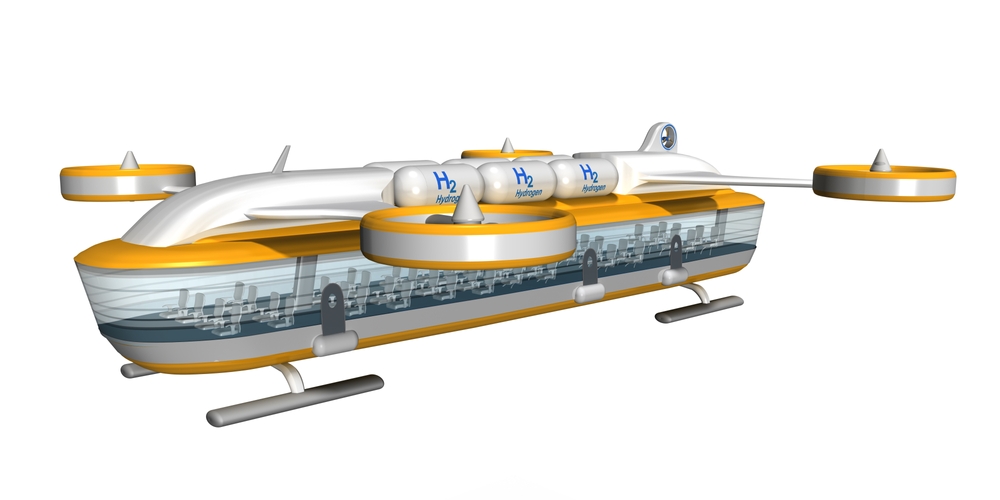
According to MarkNtel Advisors, the Global Hydrogen Aircraft Market is projected to grow at a compound annual growth rate (CAGR) of around 27.5% during the forecast period, 2022-27.
“The market is driven primarily by various technological advancements across the aviation industry like improved propulsion systems and fuel cells, enhanced fuel efficiency and better aircraft design that are achievable using hydrogen-powered aircraft. Currently, the market is in its development phase where private companies and governments are massively investing in hydrogen-aircraft technology.”
Based on the Fuel Type, the Global Hydrogen Aircraft Market segments into:
- Hydrogen Combustion
- Hydrogen Fuel Cells
“Of both, Hydrogen Fuel Cells might observe the highest demand & drive the global market over the forecast years. It owes to the capabilities of fuel cells of combining hydrogen & oxygen in the air to produce electricity with zero emissions & immense power for a given weight, and are 45% more energy-efficient than the Hydrogen Combustion type. Owing to such efficiencies & benefits like decarbonization, prominent market leaders like Airbus are investing substantially in fuel cell propulsion systems for their aircraft, thereby driving the market.
“On the other hand, based on Platform, the Global Hydrogen Aircraft Market segments into:
- UAV
- Business Jets
- Air Taxis
“Of them all, UAVs, particularly drones, are projected to observe extensive application & operational feasibility across different verticals in the coming years. With hydrogen fuel cells, drones might fly for like three hours & also for missions like surveillance & inspection for a longer duration. Additionally, due to the low mass & higher energy density of hydrogen, the demand for UAVs like drones is likely to increase significantly and drive the global market in the coming years.”
Key Drivers
- Mounting concerns about massive carbon emissions by the aviation industry
- Increasing pressure on the governments of different countries to address these issues through funding & approvals for the R&D of hydrogen aircraft
- Growing adherence to the Paris Agreement within the UN framework that aims to impede the effects of global climate change, owing to which, governments are promoting eco-friendly & emission-free transportation modes and encouraging the application of hydrogen in aviation.
Growth Restraint
- Liquid hydrogen needs a storage tank four times the size of a jet fuel tank, resulting in significantly larger aircraft or fewer passengers
- Significantly higher costs of Liquid hydrogen than jet fuel
- Large amounts of energy required to produce hydrogen through electrolysis, i.e., an expensive process
For more information
https://www.marknteladvisors.com/research-library/hydrogen-aircraft-market.html
(Image:Shutterstock)


